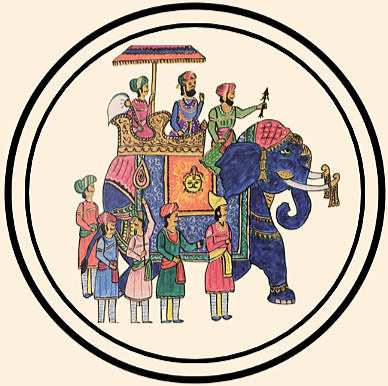Building More Than Bricks: The Enduring Magic of Lego
Few toys have stood the test of time quite like Lego. What began as a humble wooden toy company in Denmark in 1932 has grown into a global phenomenon, inspiring generations of builders, dreamers, and creators. The story of Lego is not just about colorful plastic bricks—it’s about the boundless possibilities that come from imagination, creativity, and a little bit of patience.
The company’s name, “Lego,” comes from the Danish phrase “leg godt,” meaning “play well.” For many families, Lego is more than just a toy—it’s a shared experience. There’s a special kind of joy in sitting down with a pile of bricks and building something together, whether it’s a spaceship, a castle, or a wild invention straight from a child’s imagination. The colors are bright and inviting, and the tactile pleasure of snapping bricks together is as satisfying for adults as it is for kids. These moments foster not only creativity and problem-solving but also patience, teamwork, and communication.
Lego has embraced diversity and innovation, offering sets that reflect a wide range of interests, cultures, and abilities. From cityscapes and historical landmarks to fantasy worlds and pop culture icons, there’s a Lego set for nearly every passion. The introduction of minifigures in 1978 added a new dimension to play, allowing children to populate their creations with characters that look like them—or like anyone they can imagine. Lego’s influence extends into education and entrepreneurship as well. Programs like Lego Mindstorms and robotics competitions introduce children to STEM concepts in a hands-on, engaging way. Many young builders have even turned their passion for Lego into careers, from engineering and design to content creation and business. The Adult Fans of Lego (AFOL) community is thriving, with exhibitions, online forums, and even art installations showcasing the limitless potential of these tiny bricks.
On a personal note, my own love for Lego began when I was a young child. My uncle brought us a simple Lego set from abroad—a small house with a fence and a few people. My brother and I played with it for years, building and rebuilding that little home, inventing stories for its residents. That particular house, with its bright bricks and tiny fence, left an everlasting impression on my mind.
At its heart, Lego is about more than just construction—it’s about connection. It’s the laughter shared over a toppled tower, the pride in a finished model, and the memories built one brick at a time. In a world that often feels fast-paced and digital, Lego offers a chance to slow down, create, and play—together. Every masterpiece starts with a single brick, and the only limit is your imagination.
